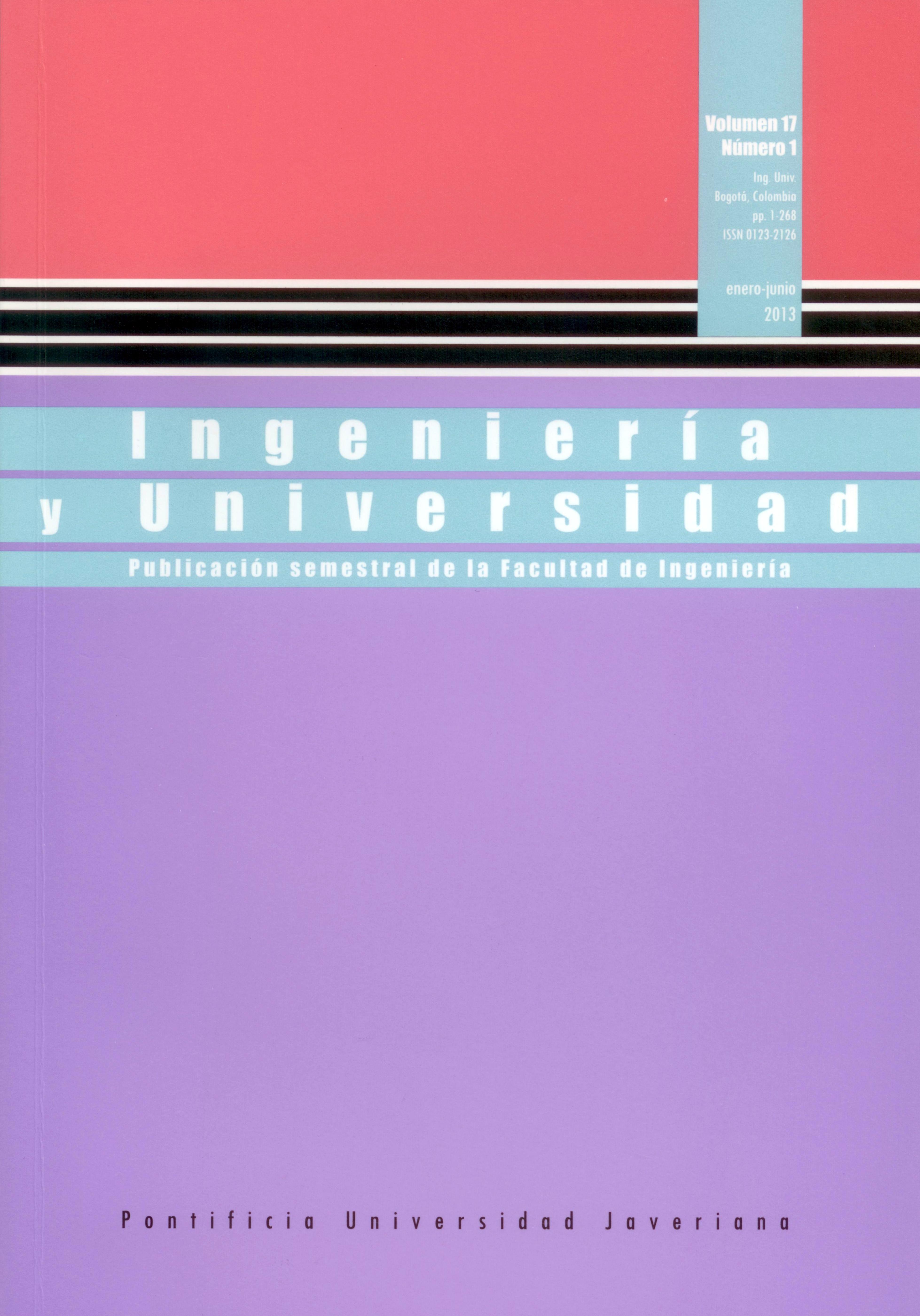Abstract
This paper proposes a new mathematical model for the scheduling of employees. The problem consistsin finding and optimal scheduling method that will balance the workload and avoid dissatisfaction and low performance problems, due to work overload or sudden changes in the workload. We will employ hypothesis testing based on the normalized Bernoulli trial, in order to do a statistical comparison between the tasks assigned by the proposed model with those assigned by the Zhirong Liang, Songs han Guo, Yanzhi Li and Andrew Lim model, which minimizes the difference between minimum and maximum workloads assigned. As a result we observed that the assignations generated by the models do not match in more than 90% of the cases. Further more,we found that the values of the object functions, which were gathered from solutions provided by the current model, were never better than those obtained by this paper proposes.
DÍAZ, J. A. y FERNÁNDEZ, E. A tabu seach heuristic for the generalized assignment problem. European Journal of Operational Research. 2001, vol. 132, pp. 22-38.
FRANZ, L. S. y MILLER, J. L. Scheduling medical residents to rotations: Solving the largescale multiperiod staff assignment problem. Operations Research. 1993, vol. 41, núm. 2, pp. 269-279.
LARUSIC, J. y PINNEN, A. P. The balanced traveling salesman problem. Computers & Operations Research. 2011, vol. 38, pp. 868-875.
LIANG, Z.; GUO, S.; LI, Y. y LIM, A. Balancing workload in project assignment. Advances in Artificial Intelligence. 2009, vol. 5866, pp. 91-100.
MARTELLO, S.; PULLEYBLANK, W. R.; TOTH, P. y DE WERRA, D. Balanced optimization problems. Operations Research Letters. 1984, vol. 3 núm. 5, pp. 275-278.
MATEUS MAHIQUES, J.; SIRVENT PRADES, R. y SAGASTA PELLICER, S. Manual de control estadístico de calidad: teoría y aplicaciones. Valencia: Universidad Jaume, 2006.
PENTICO, D. W. Assignment problems: A golden anniversary survey. European Journal of Operational Research. 2007, vol. 176, núm. 2, pp. 774-793.
PRAT BARTES, A.; TORT-MORTORELL LLABRÉS, X.; GRIMA CINTAS, P. y POZUETA FERNÁNDEZ, L. Métodos estadísticos de control y mejora de la calidad. México: Alfaomega, 2000.
ROSS, G. T. y SOLAND, R. M. A branch and bound algorithm for the generalized assignment problem. Mathematical Programming. 1975, pp. 91-103.
TOPALOGLU, S. y OZKARAHAN, I. A constraint programming-based solution approach for medical resident scheduling problems. Computers & Operations Research. 2011, vol. 38, pp. 246-255.
This journal is registered under a Creative Commons Attribution 4.0 International Public License. Thus, this work may be reproduced, distributed, and publicly shared in digital format, as long as the names of the authors and Pontificia Universidad Javeriana are acknowledged. Others are allowed to quote, adapt, transform, auto-archive, republish, and create based on this material, for any purpose (even commercial ones), provided the authorship is duly acknowledged, a link to the original work is provided, and it is specified if changes have been made. Pontificia Universidad Javeriana does not hold the rights of published works and the authors are solely responsible for the contents of their works; they keep the moral, intellectual, privacy, and publicity rights.
Approving the intervention of the work (review, copy-editing, translation, layout) and the following outreach, are granted through an use license and not through an assignment of rights. This means the journal and Pontificia Universidad Javeriana cannot be held responsible for any ethical malpractice by the authors. As a consequence of the protection granted by the use license, the journal is not required to publish recantations or modify information already published, unless the errata stems from the editorial management process. Publishing contents in this journal does not generate royalties for contributors.


